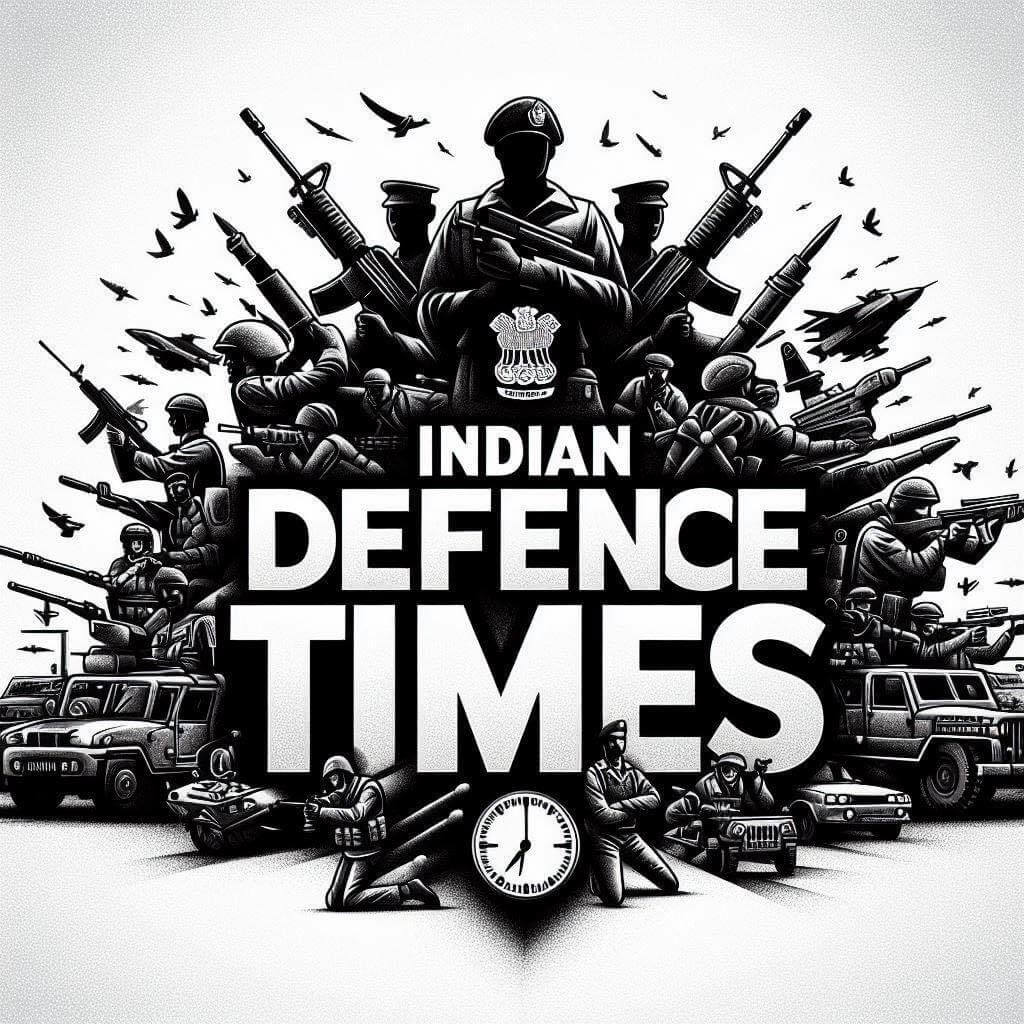Author – Vidit Kumar
The Vietnam War, known in Vietnam as the American War, spanned from 1954 to 1975 and marked a significant period in global and American history. Here’s a closer look:
1. Origins and Escalation:
• The U.S. military’s involvement in Vietnam started shortly after World War II with a small presence that grew significantly over time.
• By April 1969, the U.S. had deployed over 543,000 military personnel to Vietnam.
• The conflict stemmed from the First Indochina War (1946–1954), where France fought to retain Vietnam as a colony against the Viet Minh, a communist nationalist group.
2. Cold War Dynamics:
• The U.S. engagement in Vietnam was driven by several factors:
• Its wartime experiences with Japan in the Pacific during World War II.
• The pressure to contain communism following the communist victory in the Chinese Civil War.
• Commitments from Stalin and Mao Zedong to support the Viet Minh against French colonial forces.
• The war evolved from a fight for Vietnamese independence into a crucial Cold War conflict.
3. Financial Support and Domino Theory:
• Between 1950 and 1954, the U.S. invested over $3 billion in the conflict, covering more than 80% of its costs.
• The Domino Theory, which suggested that the fall of one country to communism would lead to the spread of communism throughout Southeast Asia, heavily influenced U.S. policy.
4. Human Cost and Legacy:
• The Vietnam War claimed the lives of 58,279 U.S. military personnel before combat operations officially ended in 1973.
• Today, approximately 610,000 Vietnam veterans are still alive, representing a significant portion of American military veterans.
• The war has left a lasting legacy, inspiring numerous movies, books, and video games that explore its complex history and impact.
In essence, the Vietnam War remains a multifaceted chapter in history, deeply intertwined with geopolitics, ideology, and human sacrifice. The lessons from this era continue to inform contemporary discussions and policies.
